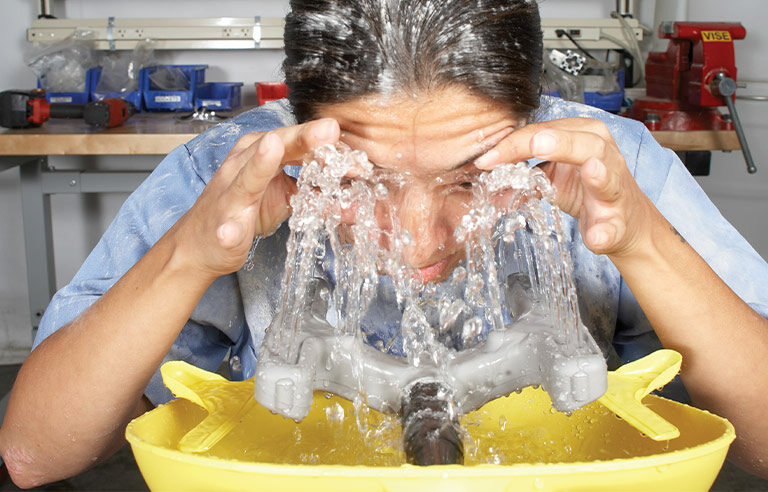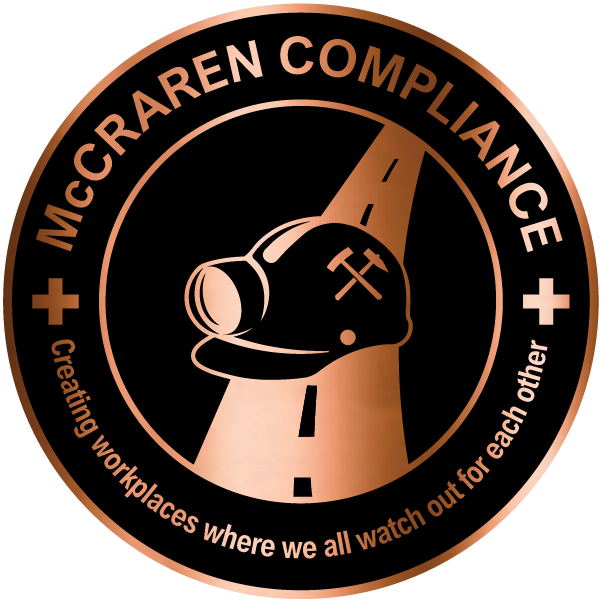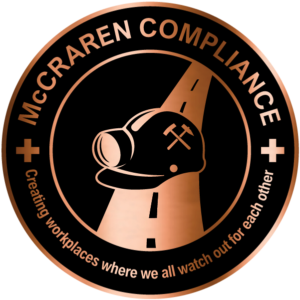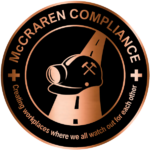
Responding is Ryan Pfund, senior product manager, Bradley, Menomonee Falls, WI.
Emergency eye and facewash stations play an intrinsic role in workplace safety, providing immediate washdown relief in the event of exposure to hazardous chemicals, debris or other contaminants.
However, without regular maintenance and testing, these safety fixtures can become a breeding ground for bacteria and experience sediment buildup. In addition, false activations and tampering can leave equipment and water vulnerable to contamination. Stagnant or untreated water is more likely to contain organisms and minerals. When a worker uses an eyewash station that’s improperly maintained, stagnant or dirty, contaminated water may come into contact with the eyes and/or skin or may be inhaled, risking infection and potentially causing more harm than good.
To guard against contamination issues, proper cleaning and maintenance of eye and facewash systems are essential.
Prioritizing weekly activation
Weekly activation ensures water flows throughout the system, preventing contaminants from accumulating and ensuring the unit is ready for immediate use in an emergency. In fact, the ANSI/ISEA Z358.1-2014 standard requires that plumbed eye/facewash stations be activated weekly to confirm proper functioning.
This ensures debris, such as sediment or mineral deposits, isn’t blocking the flow of the flushing fluid and eliminates microbial contamination from stagnant water. If left unchecked, clogged spray heads can block the flow of water, decreasing effectiveness and causing uneven spray patterns. Water temperature may unknowingly become too hot or too cold, posing additional safety risks.
Guidelines for testing and cleaning
To keep eye and facewash stations clean, follow these best practices for testing and maintenance:
Weekly testing and activation
Flush the system. Activate the eye/facewash for at least one minute to clear stagnant water and debris.
Examine spray heads. It’s important that all heads of the device are activated.
Inspect for leaks or damage. Look for leaks in pipes or hoses; check that the unit is functioning properly.
Check water condition. Water should look clear and be free of any foul odors that could indicate contamination.
Annual inspection and maintenance
Conduct a full ANSI compliance check. Make sure the unit meets all flow rate, temperature and accessibility requirements.
Replace worn components. Damaged or broken parts such as spray heads, valves or hoses should be changed.
Eyewash models for increased hygiene
A newer eye/facewash model uses a self-draining design that eliminates any settled water in the system. This model also incorporates separate supply and waste pipes to prevent cross-contamination from the clean inlet and wastewater. Another feature to look for is hinged see-through plastic or stainless-steel bowl covers that shield the entire bowl from misuse and contamination.
Keeping eye and facewash stations clean and free of bacteria is essential for workplace safety. By following a regular schedule of weekly activation, regular cleaning and periodic inspections, facilities can ensure these emergency fixtures remain fully operational and compliant.
McCraren Compliance offers many opportunities in safety training to help circumvent accidents. Please take a moment to visit our calendar of classes to see what we can do to help your safety measures from training to consulting.
Original article published by Safety+Health an NSC publication


